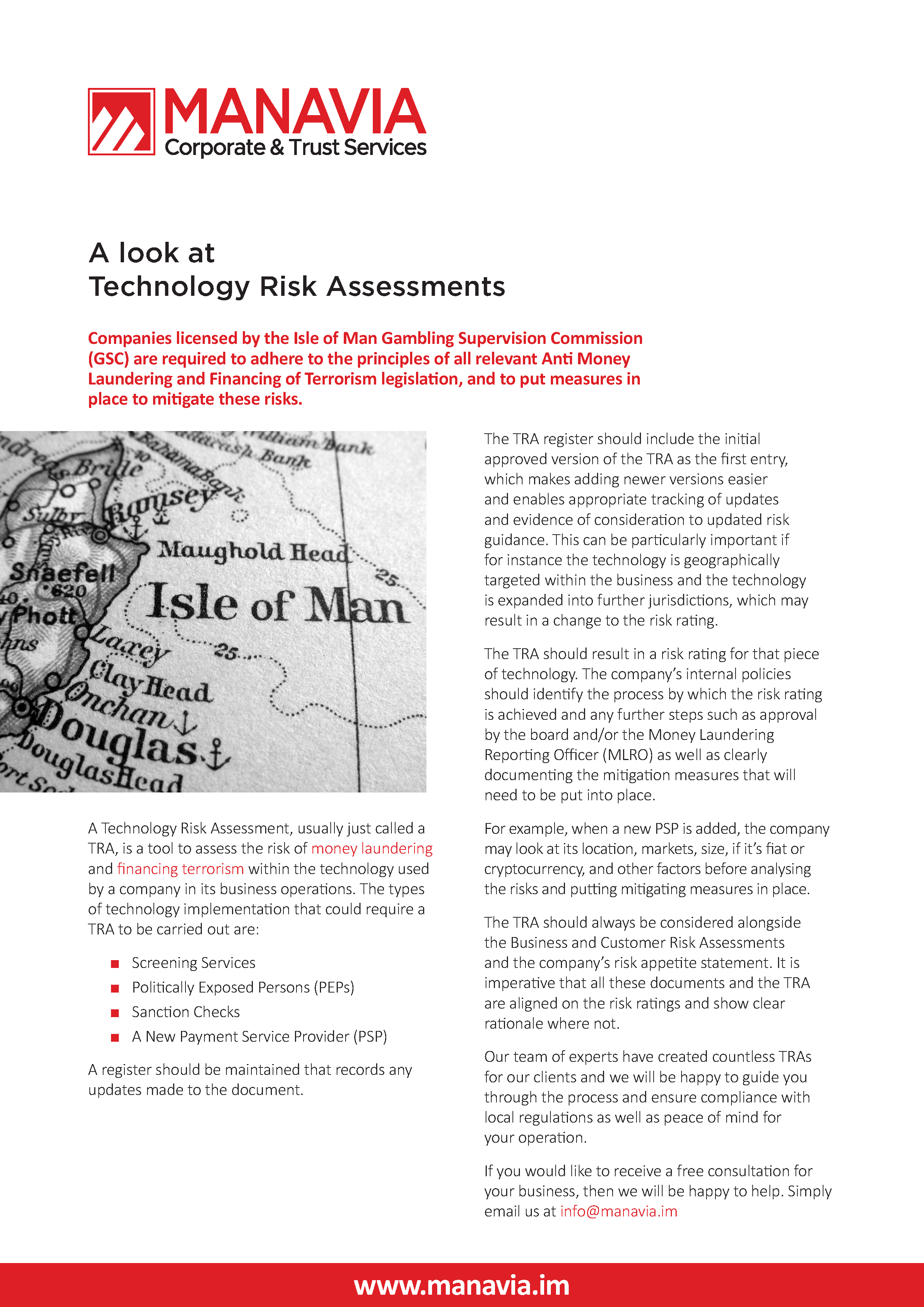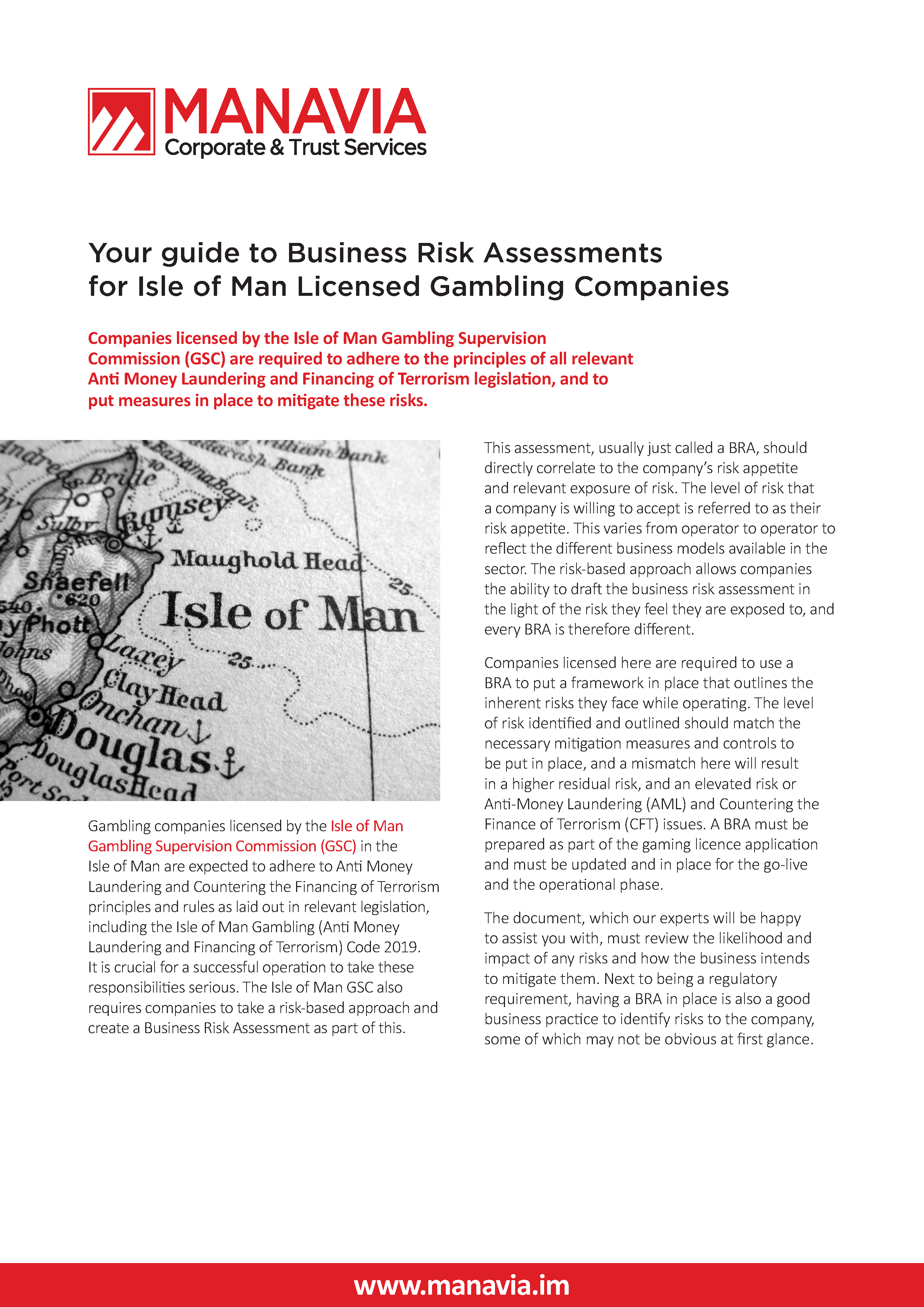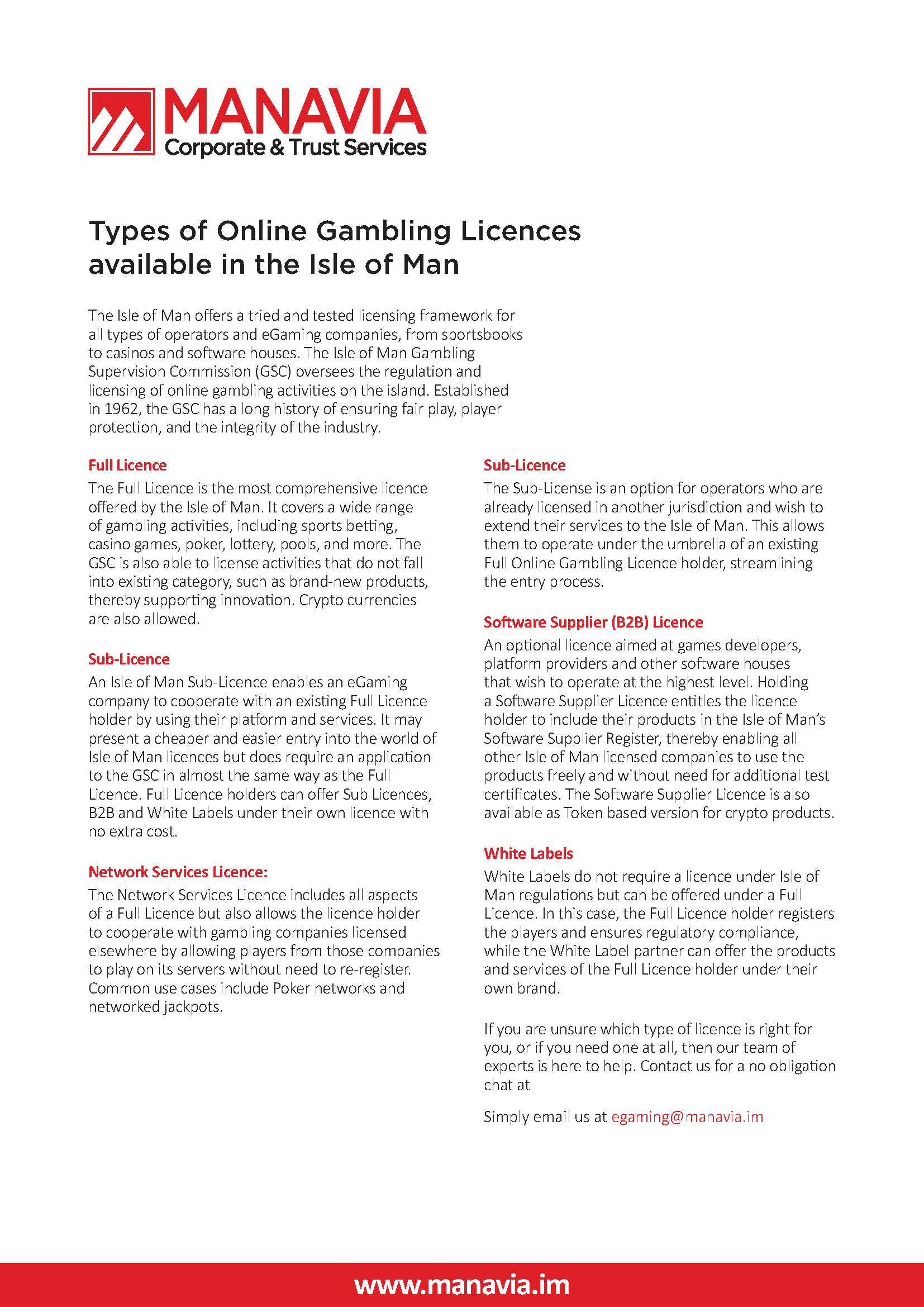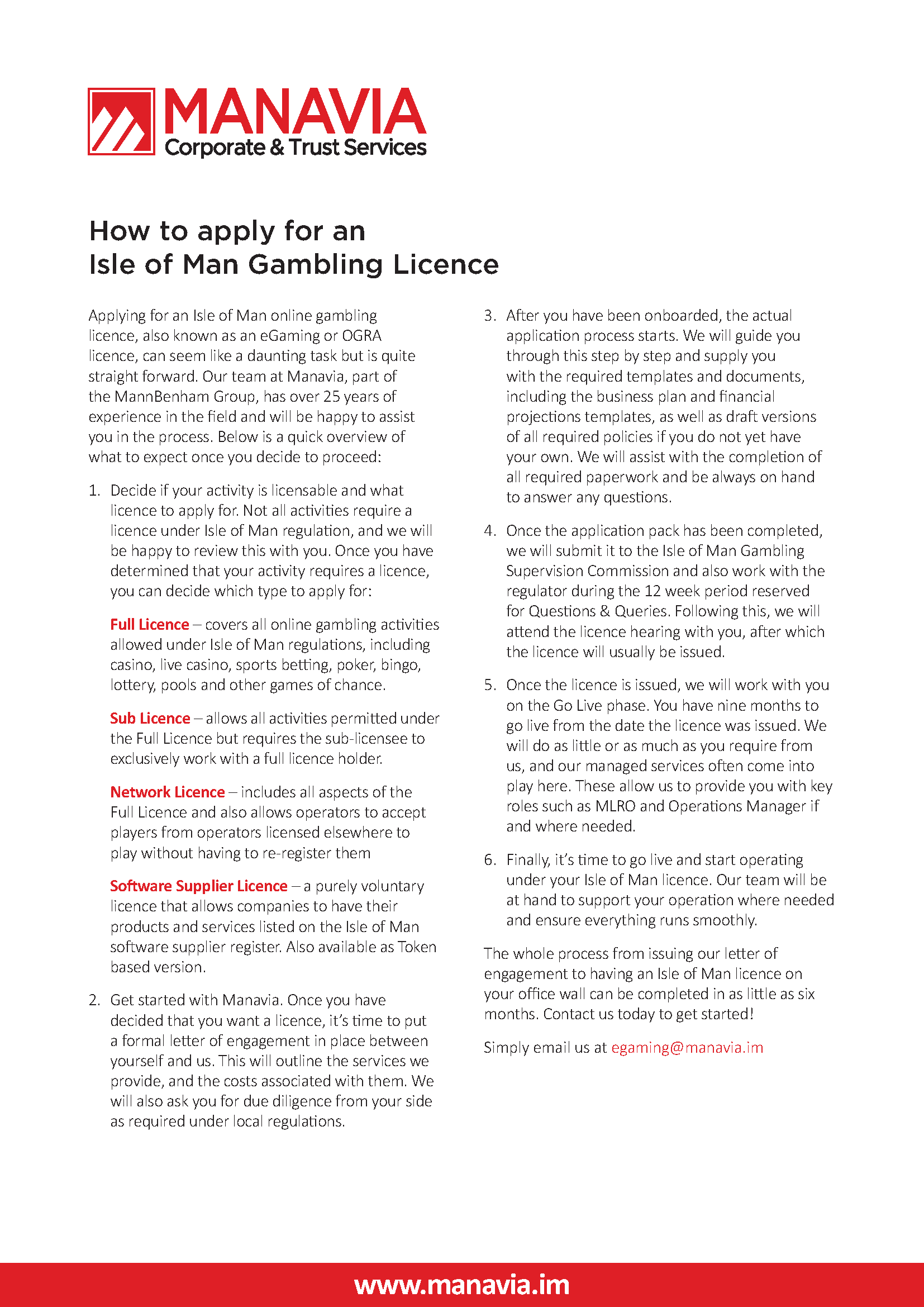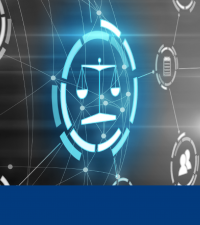
-
The Journal of Biological Physics and Chemistry is published in Basel (Switzerland) and in Tbilisi (Georgia) by Collegium Basilea
-
Details at http://www.colbas.org/jbpc/ebm.htm
-
This article was commissioned by its editor, Professor Jeremy Ramsden. He is Professor of Nanotechnology at Cranfield University https://www.linkedin.com/in/jeremy-ramsden-0085b83/?trk=public-profile-join-page
-
It deals with issues which are in my books “Tax Havens and International Human Rights” (published by Routledge Books in London and New York, 3 October 2017) and in “Ownership, Financial Accountability and the Law: Transparency Strategies and Counter Initiatives” (to be published by Routledge Books in London and New York, 10 June 2019)
Executive summary of the article
The danger facing any research institution seeking external funding is that those funds may be tainted. Programmes could collapse under the weight of tracing and asset confiscation procedures.
No matter how extensive the enquiries on the part of those wishing to verify the bona fides of the donors – the usual anti-money laundering and countering the financing of terrorism enquiries about their source of wealth and source of funds, and online checks of their personal histories – the presence of certain tax haven structures (particularly those openly marketed as “orphan structures”, which are designed to have no owner in any sense of the word) poses an additional threat.
Homage is due to the Panama Papers and the Paradise Papers, exposing political or financial corruption, money laundering or the financing of terrorism; but the focus in this paper is on international human rights and how tax havens not merely facilitate but actively connive at their breach.
This paper is a field manual for the scientific researcher seeking funding, who needs to look behind the façade and to go beyond conventional AML/CFT procedures. It deals with two intertwined themes.
- It addresses international human rights, from a double perspective – firstly the danger posed to anyone dealing with an abuser of such rights, and secondly how those who benefit from such abuse are able to remain immune and hidden from view; and how by the use of international human rights principles they may be held to account.
- …
- It provides a detailed explanation of the tax haven “orphan structures” and how these are being deployed globally with the aim of eliminating any form of ownership, and hence any possibility of accountability.
- …
The super-elite of complete anonymity and non-accountability and the countries which support them are bound by international human rights. Governments may claim to have full control of their tax systems, and to have the right to sovereignty; but the damage that they give rise to goes far beyond their borders. They must be held globally accountable as human rights abusers.
The full article can be read here:
Tax havens and international human rights Tainted research funding – 09BE18A

[email protected]
+44 (0) 1624 639983



